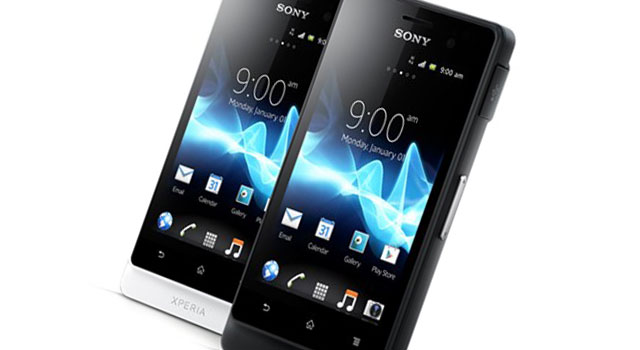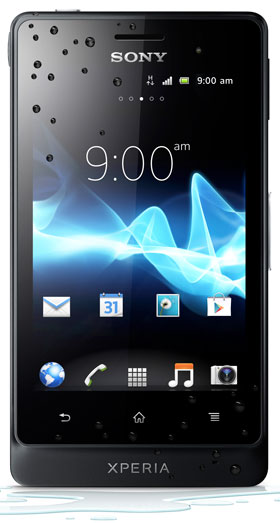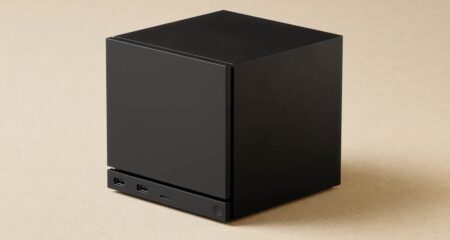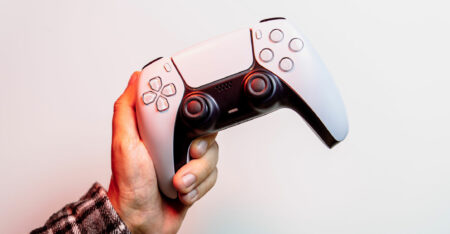
When Sony split from Ericsson and opted to go it alone in the mobile phone market, we hoped we’d see the Japanese electronics giant at least try to release handsets that could match what its Korean rival, Samsung Electronics, has to offer. To date, it hasn’t. The Xperia Go continues this trend.
Costing R2 999, the Xperia Go is a midrange smartphone that looks to make up for its shortcomings by being resistant to water and dirt. It’s not going to survive the bottom of a swimming pool, but it should make it through a few splashes in a bathroom.
The handset is powered by Android and, although it should be upgradeable to the “Ice Cream Sandwich” version of the software it ships with the outdated “Gingerbread”.
 Weighing in at 110g and at 9,8mm thick, the Xperia Go is light and compact and comes encased in black, matt plastic that has the texture of extremely fine sandpaper. The texture means you’re less likely to drop it, but you’re also unlikely to enjoy holding it for extended periods.
Weighing in at 110g and at 9,8mm thick, the Xperia Go is light and compact and comes encased in black, matt plastic that has the texture of extremely fine sandpaper. The texture means you’re less likely to drop it, but you’re also unlikely to enjoy holding it for extended periods.
The 3,5-inch, 320×480-pixel touchscreen is responsive and handles daylight viewing well, but its low pixel density shows – unfortunate given how well the 5-megapixel camera performs.
Sacrificing detail on the display does have an upside — the 1GHz dual-core processor ensures there’s seldom any lag and opening and closing applications in quick succession is handled with super fast.
With an LED flash and autofocus, the Xperia Go’s camera performs rather like the camera on the iPhone 4. The Xperia Go is thicker than the Apple device, but it’s also a third lighter.
There’s the option to shoot 720p video at 30 frames per second, a pleasant surprise for such a phone in this price bracket.
From integrated GPS to support for streaming media using DLNA and a stereo radio, the Xperia Go doesn’t long for much on the hardware front. It could do with a bit more juice to power all of those bells and whistles, though: its 1 305mAh battery is underwhelming.
The handset includes 8GB of onboard memory, of which roughly half is available for use. This can be expanded via a micro SD slot, which supports cards up to 32GB.
Beneath the screen are the three standard Android capacitive-touch buttons for back, home and options. A power button and a volume rocker are the only other physical inputs on the Xperia Go.
We’d really like dedicated camera button, and the power/lock button is unnecessarily small, but otherwise the buttons appear resilient, which is good given Sony wants to position the Go as a “rugged” device. Sony claims the phone can be submerged in water at up to a metre for 30 minutes. To do this, the phone has covers for its 3,5mm audio jack and its micro USB port. But the finicky covers are a nuisance more than anything else, especially as you’re going to be using at least one of those ports daily.
For its price, the Xperia Go has everything the modern smartphone user wants except the sleekness and resolution of a top-end handset. It’s capable, but dull, and let down by an uninspiring display. — (c) 2012 NewsCentral Media




